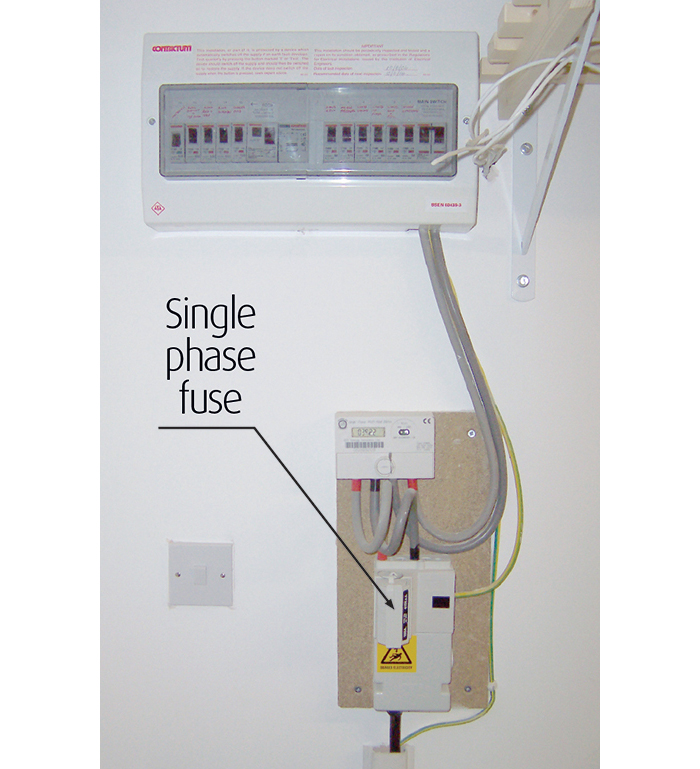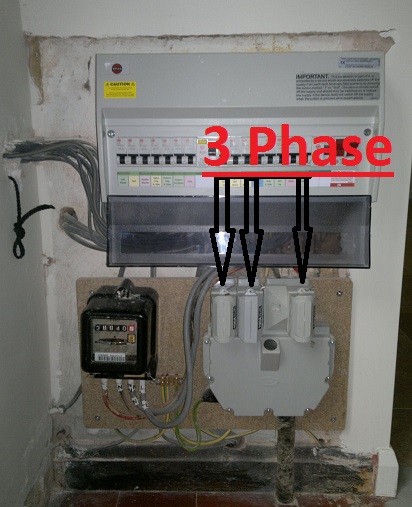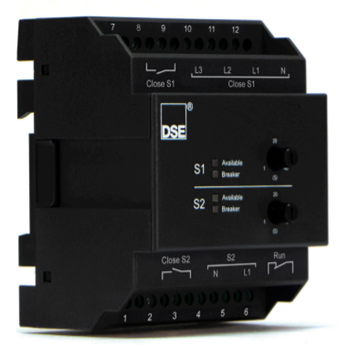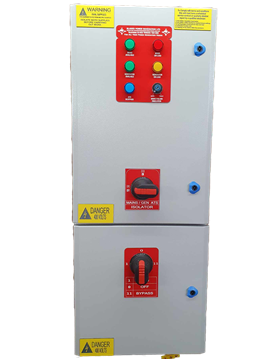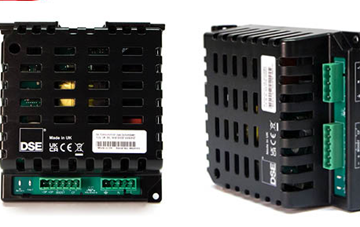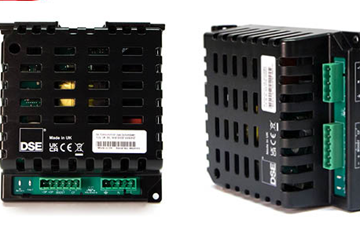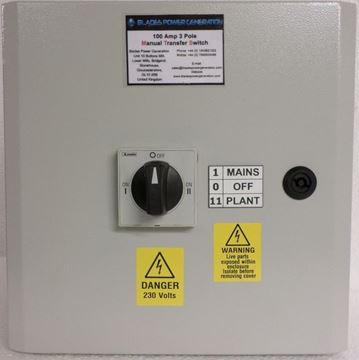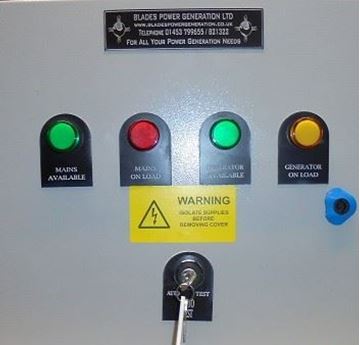The crucial element of a power generator is an Automatic Transfer Switch. As the name suggests, when the primary power source fails, this switch will automatically shift to a reserve power-generating source. All industries install such automatic transfer accessories in their power generation systems for safety and convenience. Let us find out what to consider for identifying the suitable ones.
Key considerations for Automatic Transfer Switch (ATS) selection
Power rating
The power rating of an ATS indicates its capacity to handle electrical loads. It is measured in amperes (A) and represents the maximum current the ATS can manage. Choosing the right power rating ensures unhindered transitions during power outages and safeguarding your electrical systems effectively. This power rating of ATS is also called total amperage. Check and understand the power rating that suits your requirements.
Voltage requirements
The ATS must align with the voltage requirements of the primary power source and the backup generator. Mismatched voltages can lead to equipment damage or failure during power transfers. Confirming that the ATS is rated for the specific voltage of the electrical system it will connect to is essential. Understanding the voltage factor ensures a proper transition between power sources. It also guarantees the optimal ATS functions and safeguards against potential disruptions.
The wattage of the generators
These switches are generally measured or rated in kilovolt amperes (kVA). This rating indicates the maximum current an ATS can handle. On the other hand, generators are often rated in watts. We should know that the wattage of a generator is the result of multiplying device amperage and circuit voltage. Hence, calculate the power requirement by checking the generator’s output capacity.
Safety features
Prioritise checking safety features such as overcurrent protection, surge protection, and load-shedding capabilities. These features safeguard electrical systems during power transitions, preventing damage and ensuring user safety. Prioritising ATS models with robust safety features is essential for a reliable backup power setup.
The degree of reliability
Last but not least, the final factor describes the reliability factor of an ATS manufacturing brand. The material used, build quality, certifications, industry standards, etc., of an ATS design must be checked along with the brand’s reputation in the market.
Get Suitable and Reliable ATS!
Consider the aforementioned factors to find the most suitable Automatic Transfer Switch in Blades Power Generation and stay compliant with industry standards. Remember, a proper choice from a reputed brand will go a long way to save your appliances and equipment.













